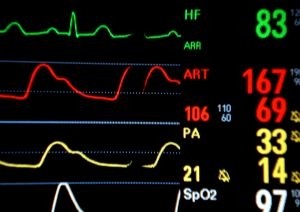Centralising ECG trial data can cut costs 40%, says ERT

Outsourcing-pharma spoke with ERT executive VP of sales and marketing John Blakeley who said allowing investigators to focus on medicine rather than on the tech used to drive trials was a key motivation for developing the new service and software.
Blakeley explained that, unlike current approaches in which ECGs are collated manually at trial sites, the CCS 2.0 model is to feed information to a centralised repository enabling real time analysis, improving data quality and reducing investigator workload.
He also suggested that centralising ECG data is 35 to 40 per cent cheaper than the decentralised approach which, given the cost pressures facing pharma firms and contract research organisations (CRO), is sure to attract industry attention.












